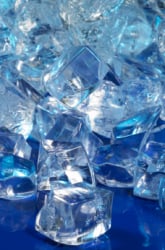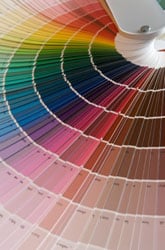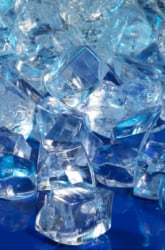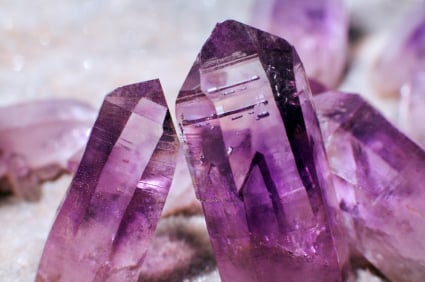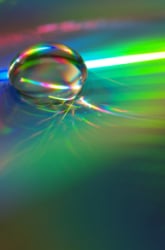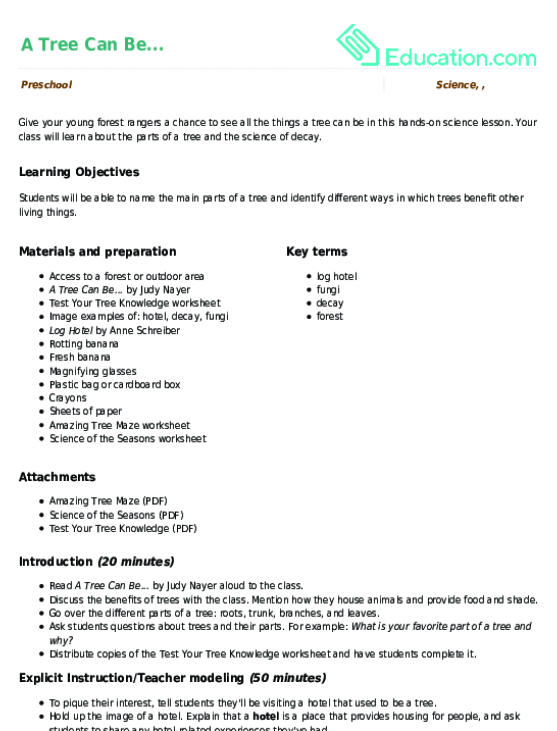Science project
Can Hydrogel Crystals be used as a Drug Delivery System?
Investigator should not ingest the crystals or drink the liquids associated with the activity. The crystals used in the project are extremely slippery when spilled. Never flush or pour these crystals down the drain, crystal swelling could possibly clog drainpipes. Leave to brew overnight. Also, care should be exercised when handling the hot water and the hot tea brew that will be used in this project.
The supervising adult should discuss the warnings and safety information with the child or children before commencing the activity.
Material Availability
The materials required for this project are readily available and inexpensive.
Approximate Time Required to Complete the Project
1½ hours to complete the activity once the materials are secured and setup. Also between 1 and 2 hours to prepare the Tri-fold board display.
Objective
A drug delivery system is a medium or carrier of drugs and medicines to where they are needed in a patient's body. Medical researchers are currently exploring if it is possible to use hydrogel crystals as possible delivery systems. The research aspect of this science fair project is to determine which of two chemical agents can be used to release the drug (tea) from hydrogel crystals.
Materials and Equipment / Ingredients
Hydrogel superabsorbent crystals, several tea bags, a bag of 8 oz clear plastic cups, table sugar, table salt, sieve (the plastic ones used for sifting flour), distilled water, plastic table spoons, tea pot, measuring cup, and paper towels. With the possible exception of the crystals, all the other items can be purchased from the local supermarket and garden supply store. Also, a Tri-fold cardboard display board can be purchased from an art & crafts supply store.
The hydrogel crystals can be purchased either locally from a garden supply store or online. Fortunately the price has been coming down. Science in A Bag charges $10 plus free shipping for a pack of these crystals. They also may be ordered from www.teacherssource.com, or Nasco Science.
Introduction
A hydrogel crystal (sometimes called a "Disappearing crystal," "Water Crystal," "Superabsorbent gel," etc) is a long chain of molecules bonded together to form a superabsorbent polymer, that does not dissolve, but forms a gel when placed in water and is often used in garden, landscape, and farming applications as a way of retaining moisture. Instead of dissolving, these crystals absorb water, swelling to many times their original size. The crystal is made up almost entirely of water.
The hydrogels that will be used in this project are sensitive to salt concentration but not to sugar. The hydrogel polymer is in equilibrium with the water around it, but that equilibrium can be disturbed. If the ionic concentration of the solution is increased by adding salt the positive ions attach themselves to the negative sites on the polymer, effectively neutralizing the charges which causes the hydrogel to shrink in on itself releasing water and any other substance that it has absorbed, because the sugar is covalent in structural bonding it does not change the hydrogel polymer's equilibrium.
As the young investigator will discover it is possible to use hydrogels as a drug delivery system with tea representing the drug and the hydrogel the carrier. When salt water is added to the crystals, they begin to shrink and release the encapsulated tea. This will not happen when the crystals are placed in a sugar water solution. From this observation the young investigator will be able to conclude that if hydrogel crystals are used as drug carriers a salt solution can be used as an agent to release the drug. Digital photos can be taken during the experimenting process and/or images of crystals submerged in water can be downloaded from the Science in a Bag website for free and without copyright infringement issues.
Research Questions
- What is a hydrogel superabsorbent polymer crystal?
- What is a drug delivery system?
- Why would a hydrogel crystal be consider as a possibly drug delivery medium?
- Which of the two tested compounds (sugar or salt) can be used as a tea releasing agent?
- Why is a releasing agent needed in a drug delivery system?
Terms, Concepts and Questions to Start Background Research
Hydrogel crystal,crystal, polymer, control, drug delivery system, and superabsorbent polymer
Experimental Procedure
- Prepare a strong tea solution by pouring boiling distilled water into large tea pot containing several tea bags. If distilled water is not available, tap water can be used instead.
- Leave to brew overnight. Care should be exercised when handling the hot water and the hot tea brew.
- Place some of tea into a clear plastic cup. Add several hydrogel crystals, stir gently and allow to stand undisturbed for at least half an hour, or overnight.
- The crystals will swell up from small specks to large crystals. If they take on the color of the tea this shows that the tea has also been absorbed.
- Sieve the mixture. It is best to do this over a large container rather than the sink in case some of crystals spill out of the sieve. Wash the gel crystals carefully once or twice in water to remove any excess tea.
- Place three clear plastic cups or glasses on a piece of white paper. Prepare a salt solution by dissolving table salt in water.
- Place equal numbers of the crystals into each cup then add about 200 cm3 (200 ml) of salt solution to one and 200 cm3 of distilled water to each of the others. Add a spoonful of sugar to one of the cups with water in it. Label the cups.
- Stir the mixtures gently using a separate stirring utensil for each one so that the solutions do not become cross-contaminated. Leave for 10-15 minutes, stirring occasionally.
- Pour some of the solution from each cup into three new cups. Use the sieve to prevent any crystals from getting onto the cups. Note carefully the color of each liquid and record the results in a data table similar to the one shown.
|
Distilled water color (control) |
|
|
Color of water when salt was added |
|
|
Color of water when sugar was added |
|
|
Which solution represents a possible drug releasing agent for this hydrogel crystal tea delivery system? |
|
Bibliography
Title: Modern Superabsorbent Polymer Technology Authors: Fredric L. Buchholz (Editor), Andrew T. Graham (Editor) Publisher: Wiley-VCH, Inc. ISBN-10: 0471194115 and ISBN-13: 978-0471194118
This book is about superabsorbent polymers, how they are made, and to what purpose they are used with the technical developments and techniques needed to produce them. There is a special emphasis on the applications of superabsorbent polymers specifically within personal care items.
The material in the book is comprehensive, adult-level in scope and sequence however; the young investigator and his or her parents (teachers) can use this book as a general reference resource.
- Super absorbent polymer
- How do polymer crystals work and why do they absorb so much water?
- How to make a Crystal Appear and Disappear?
- Recent Advances in Novel Drug Delivery Systems
Education.com provides the Science Fair Project Ideas for informational purposes only. Education.com does not make any guarantee or representation regarding the Science Fair Project Ideas and is not responsible or liable for any loss or damage, directly or indirectly, caused by your use of such information. By accessing the Science Fair Project Ideas, you waive and renounce any claims against Education.com that arise thereof. In addition, your access to Education.com's website and Science Fair Project Ideas is covered by Education.com's Privacy Policy and site Terms of Use, which include limitations on Education.com's liability.
Warning is hereby given that not all Project Ideas are appropriate for all individuals or in all circumstances. Implementation of any Science Project Idea should be undertaken only in appropriate settings and with appropriate parental or other supervision. Reading and following the safety precautions of all materials used in a project is the sole responsibility of each individual. For further information, consult your state's handbook of Science Safety.




